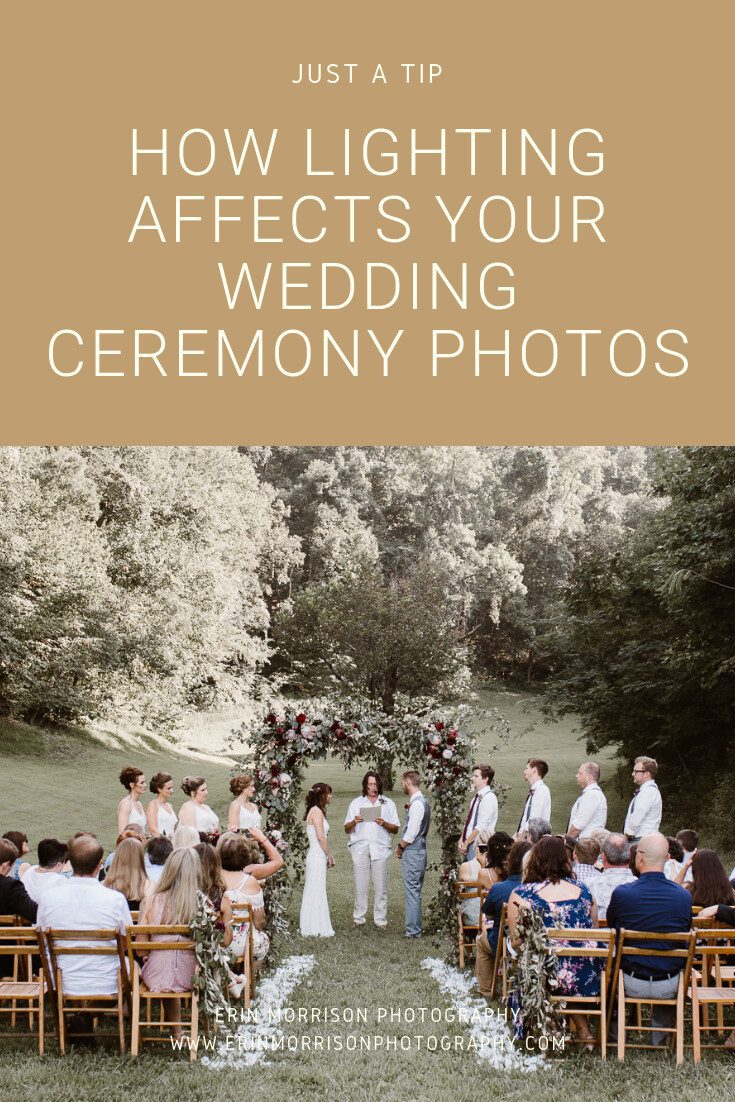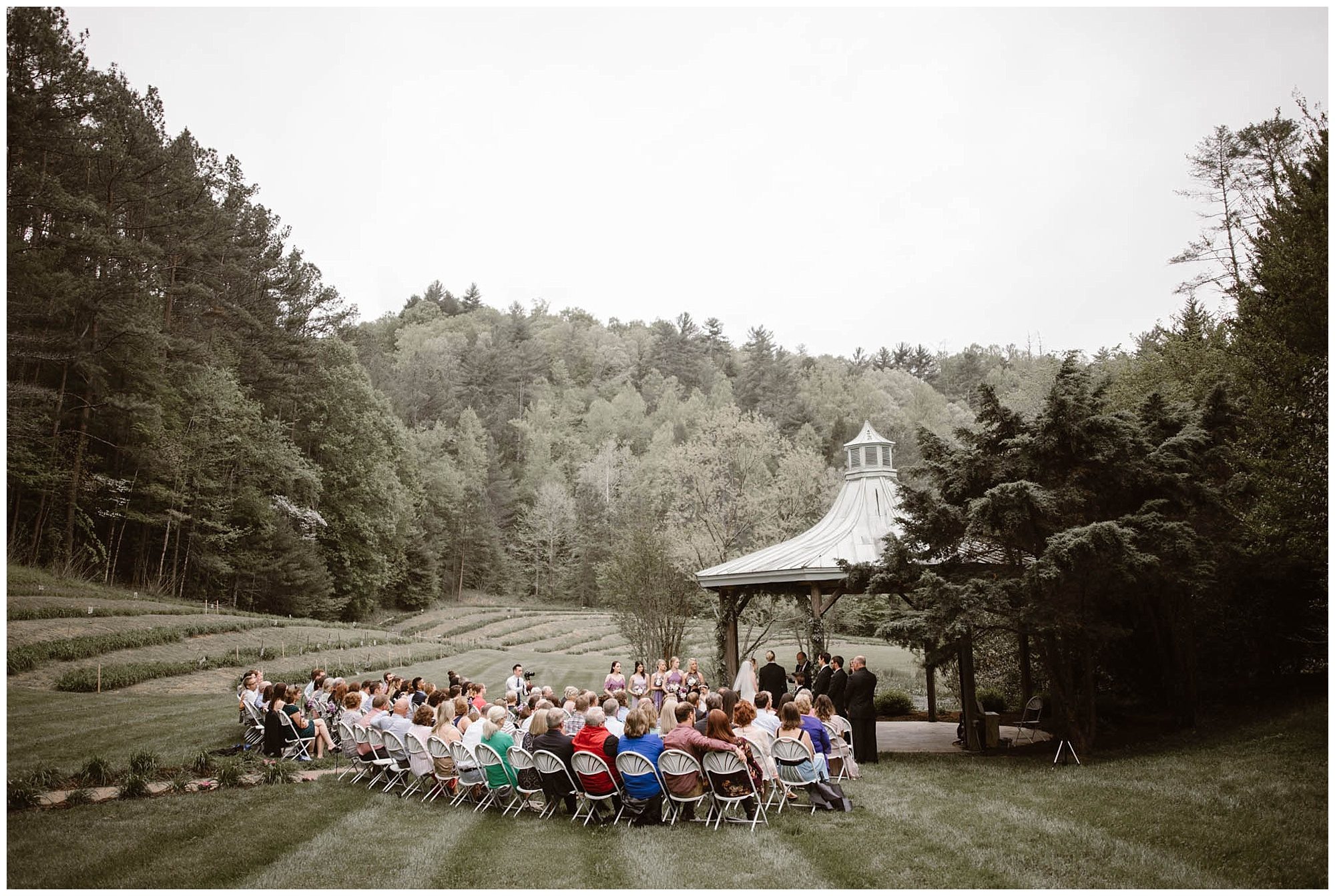
How Lighting Affects Your Wedding Ceremony Photos
Inside a studio, photographers can position lights anywhere we want them. We can use diffusers and other equipment to get just the right amount of light at just the right angles. Outside of a studio, like at a wedding, we do not have that luxury. We must shoot with the light that God (and the venue) has given us. Wedding photography is a challenging art form, which is made more challenging during one specific time: the wedding ceremony? Why? Because we cannot move the couple around to make the best of the lighting that we have. In order to get the best photos we can, we want to talk in this blog post about how lighting affects your wedding ceremony photos.
This does not mean that you cannot have your dream wedding! Duh. But, being aware of lighting issues that may come up, however, is a plus. Working with the photographer and the venue coordinators to make the most of the space available will ensure you will get the best pictures possible. In this blog post, we’ll go over some of the lighting conditions that you may see on your wedding day.
One DISCLAIMER here: None of this light is a bad thing. We have shot some of the most epic of epic weddings in conditions that are not “perfect.” Guess what? That’s OK! Your day is going to be a perfectly imperfect day. I got married in a dimly lit church, where the only light came from spotlights on the altar. We just want couples to be aware of things that professional photographers may experience, and how lighting affects your wedding ceremony photos. If there is a potential to change your surroundings for more ideal light, then bravo to you!
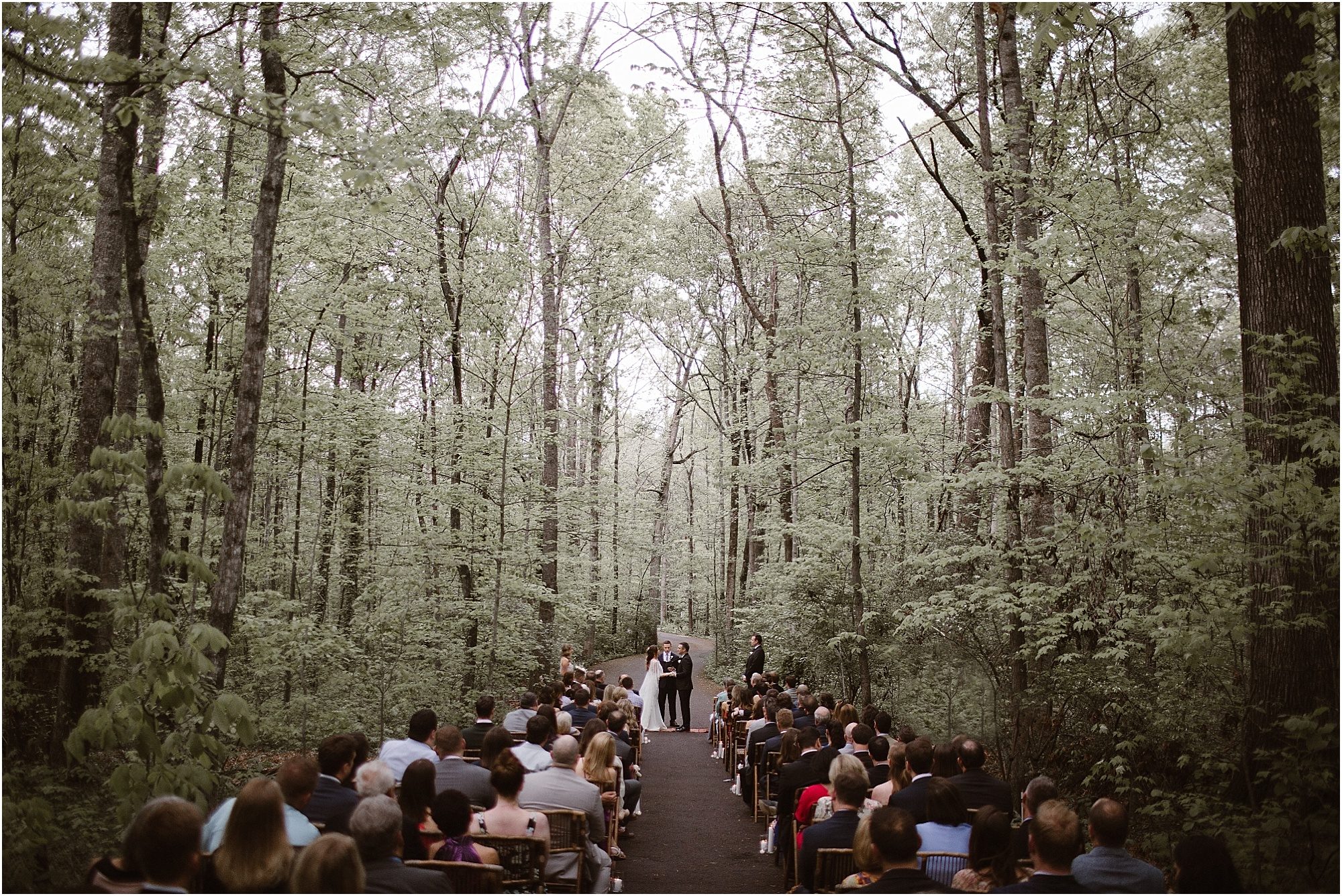
Even Lighting
Outside of the studio, even lighting is the best light we can work with. Having a nice clean and even lighting setup will allow us to take pictures from anywhere! This allows us to move around during a ceremony still have a consistently lit subject anywhere we go. This means that there aren’t any stray dark shadows or blown-out highlights. The couple and anyone else in the shot will have the same highlights and shadows. Ah, perfection.
Even lighting also gives us the most natural skin tones, which makes editing your photos easier. If you think about it, the benefits of even lighting do not end after the shutter goes click. It carries through to the editing process! After your wedding day, there is still much to be done with your photos. Making alterations in your photos is easier when the lighting conditions are consistent across the entire couple.
And one final thought. Every bride dreams of blue skies on her wedding day. I mean, I know I did. But, from a photography perspective, having a cloudy day is almost just as good. Why? Because those clouds create that diffused, even lighting that we love. Further, overcast skies allow us to go anywhere at any time during your wedding day. The best flexibility for candid couple photos and portraits alike! Yippie!
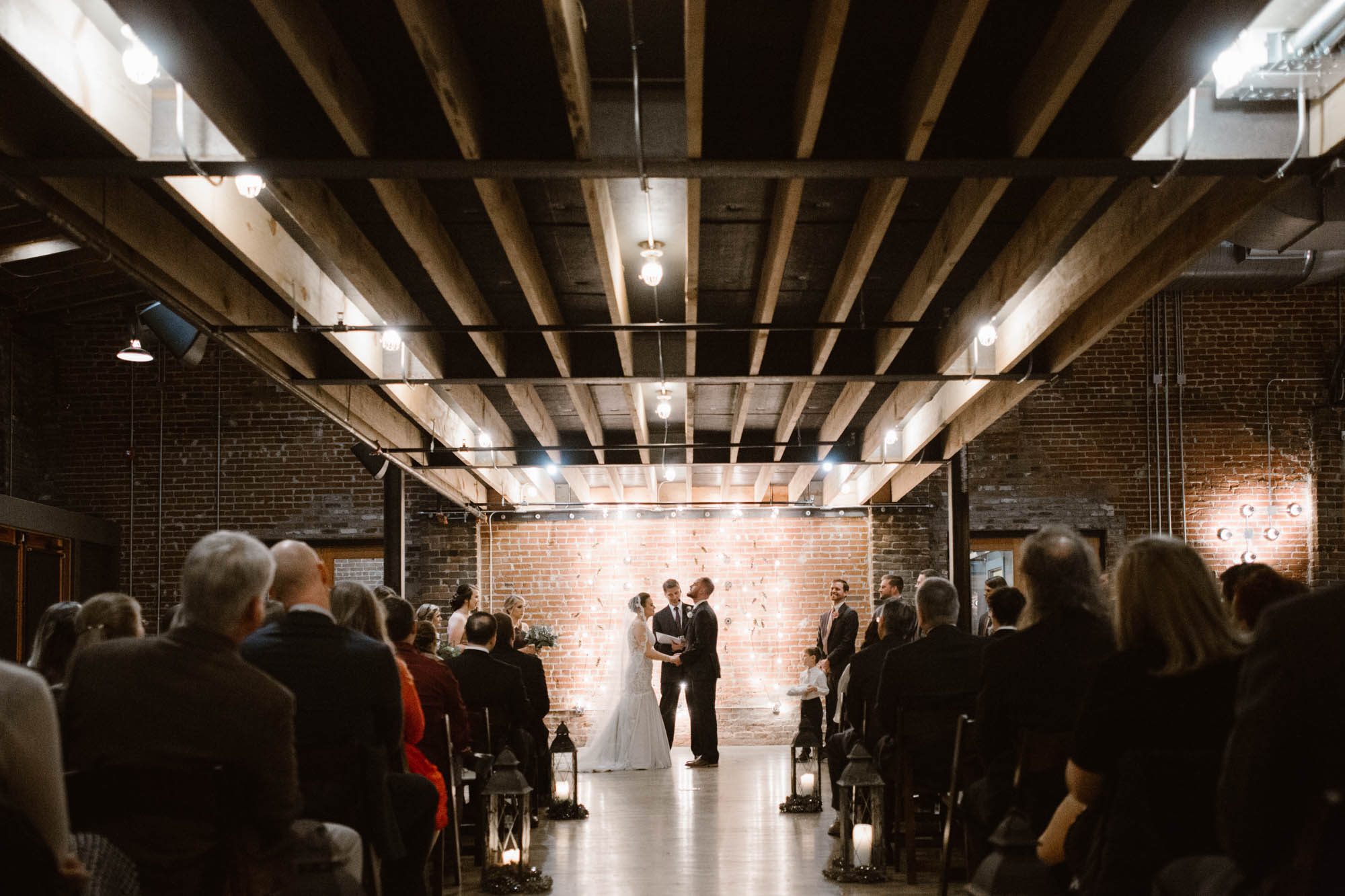
Backlighting
Backlighting is when the light is behind the subjects. Having a light behind the subjects can be a good thing during some parts of the wedding day — golden hour is a perfect example of this. Having all or most of the light behind the subjects at the wedding ceremony, however, makes for difficult conditions to photograph in. The problem is that if the light is behind you, then the front of you is in the shadows. And that makes you are hard to see. I know, I know, you are probably thinking, “Well, DUH Erin.” But it happens more than we would want to admit. But, of course, all with the best intentions.
Now, backlighting in great during golden hour photos! Our favorite time during the day is called “Golden Hour.” This is when we go and chase the last sun rays of the day. On a wedding day, sunset (and the hour before) is the best times to shoot couple photos. The sunlight is super soft, and just perfectly bathes the couple in warm, golden light. We always encourage couples to go out during this time for just a few photos (even if they did a first look at couple photos earlier in the day). I promise it’s a thing that they NEVER regret.
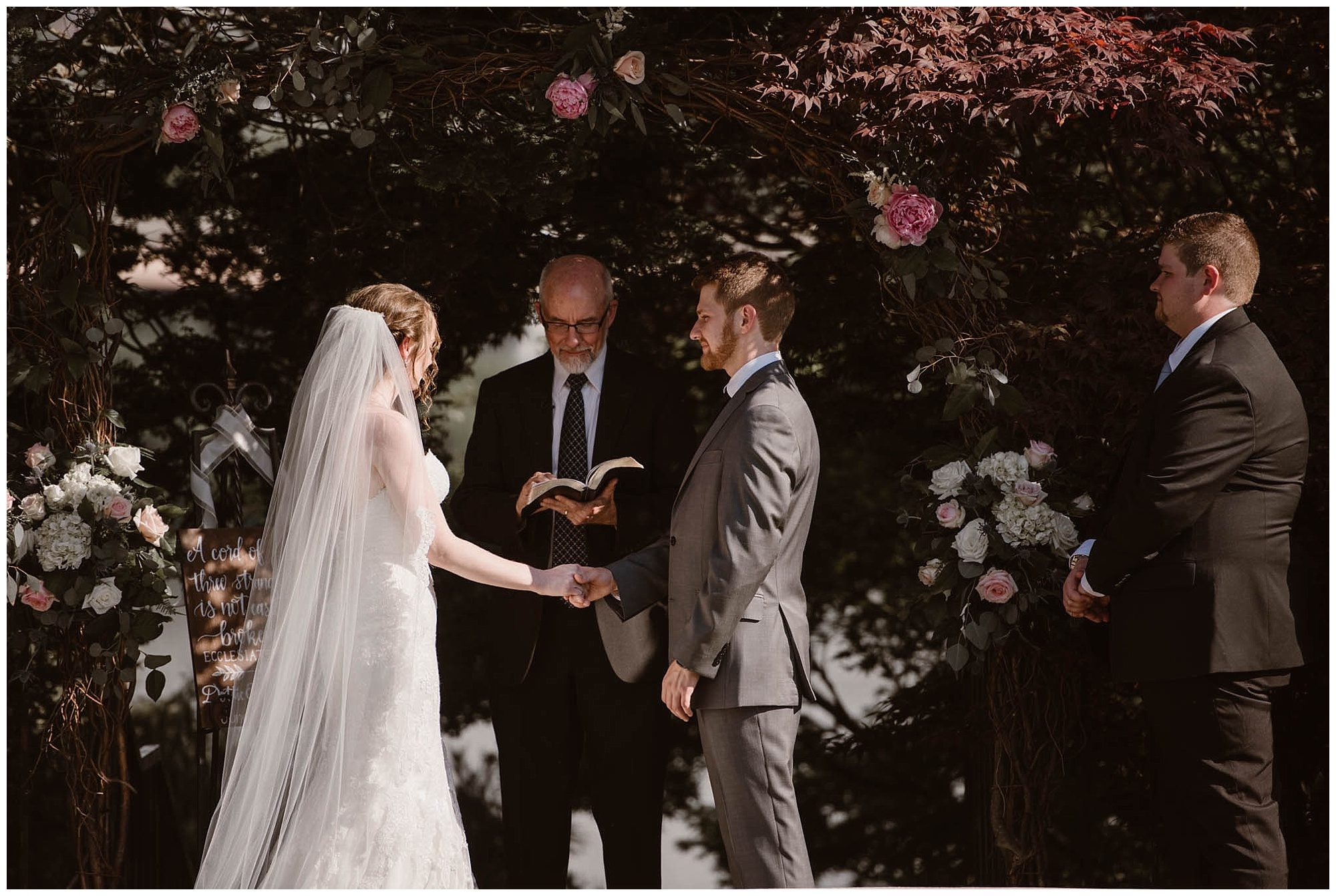
Uneven Lighting
Considering that even lighting is our best option, it shouldn’t be a surprise that uneven lighting is a challenge. Uneven lighting happens when light is coming from one side of the subject. It results in half of the subject being bright and the other half is dark. Indoor venues usually do not have this problem, but it can occur outdoors when the sun is directly to the side of the bride and/or groom.
We can’t move the sun, but we can predict its position based on the time of day, so this is a perfect example of something that can be avoided, or at least minimized, by proper coordination. We love to coordinate with the owners of The Quarry Venue, for example. Morgan and Lindsey know their property like the back of their hand. They can tell you exactly where and when the light will set at all of their ceremony locations. Connecting with them for the perfect time for your ceremony is a dream.

Harsh Lighting
I mentioned diffusers in the introduction to this post. Photographers use them to soften the light. Soft light produces nice, soft shadows. Harsh light, by contrast, produces harder shadows. Harsh lighting most often occurs when the sun is directly overhead, such as between the hours of 11am to 2pm. Harsh lighting will not only give shadows a harder and less appealing look, but it can cause shadows to appear that we otherwise might not have seen. This is because in better lighting smaller shadows diffuse to the point of not being a factor. In harsh lighting, all of the shadows are very visible. Thankfully, like uneven lighting, this is something that can easily be controlled for with proper coordination.
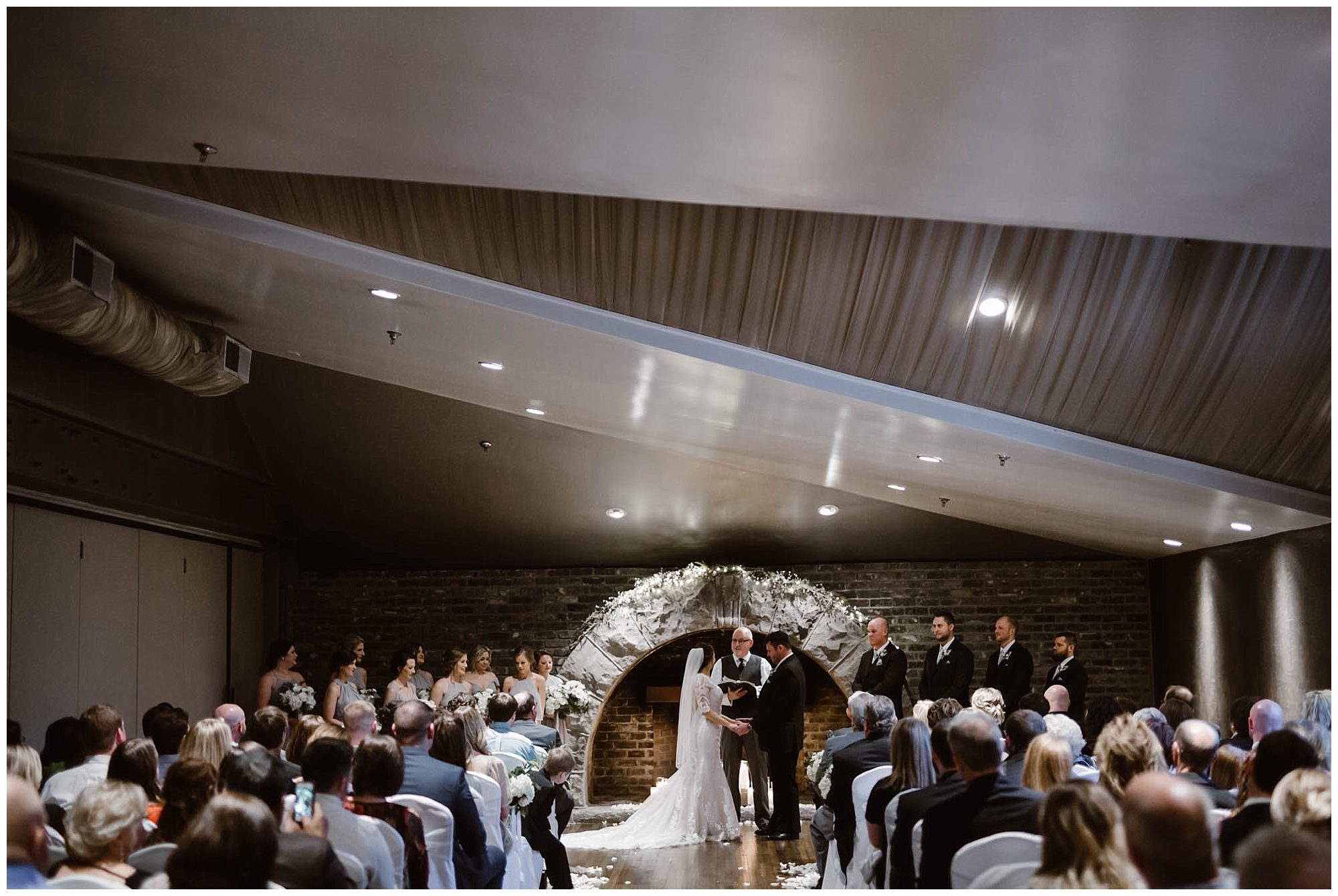
Mixed Lighting
To the naked eye, we don’t see the many different light colors that come into a room. But, our cameras do. Let’s imagine a bride standing next to a window. What is coming into the room from the window is usually blue light. Now, imagine that we have turned on the lamp next to her. That lamp projects orange light. The camera is going to capture both of those light sources. Photographers do something called white balancing to adjust our cameras to those color temperatures. However, when there are two different color temperatures, hitting a subject at different places, the color is not going to come out as well as we’d like. It’s mixed lighting.
And mixed lighting almost always happens indoors. And unless your venue has incandescent or halogen lights mixed with fluorescent or cool LED lights, it will most likely be caused by daylight and artificial light clashing. Depending on where the daylight is coming it at, this might be solved by taking the time of day into account. Again, this is where the coordination of a timeline comes in. If there is enough daylight, then most of the light will come from the artificial light of the venue.
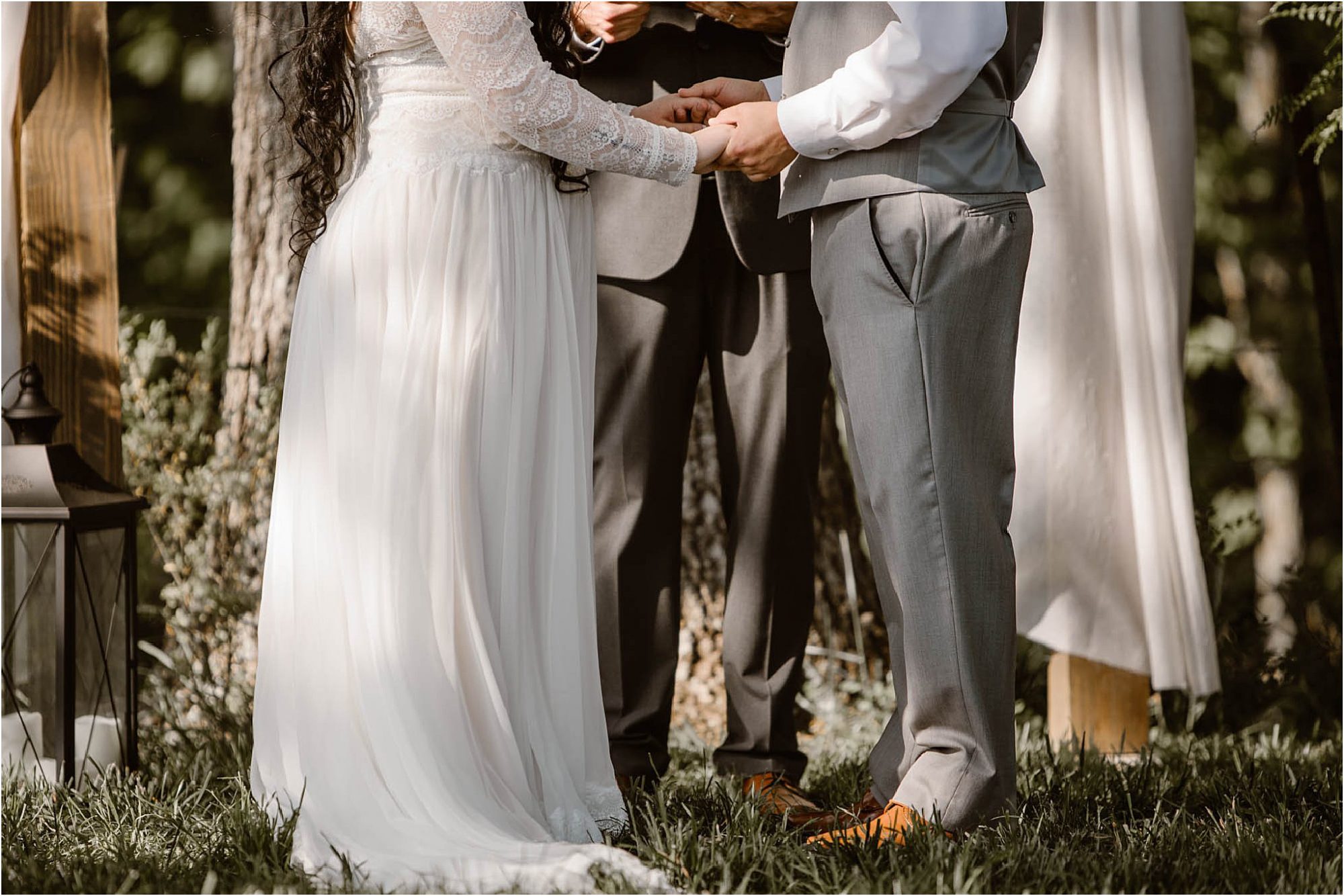
Speckled Lighting
Speckled lighting happens when the sun is behind trees or other objects. As the rays cut through the trees or the objects, light and shadows sweep across the ceremony site. Not full shadows, mind you. That’s something different. Speckled lighting is things like having the shapes of leaves in the form of shadows all over your face. It’s not really an ideal situation. Like the other lighting problems involving the position of the sun, this one is easily taken care of with proper planning and coordination.
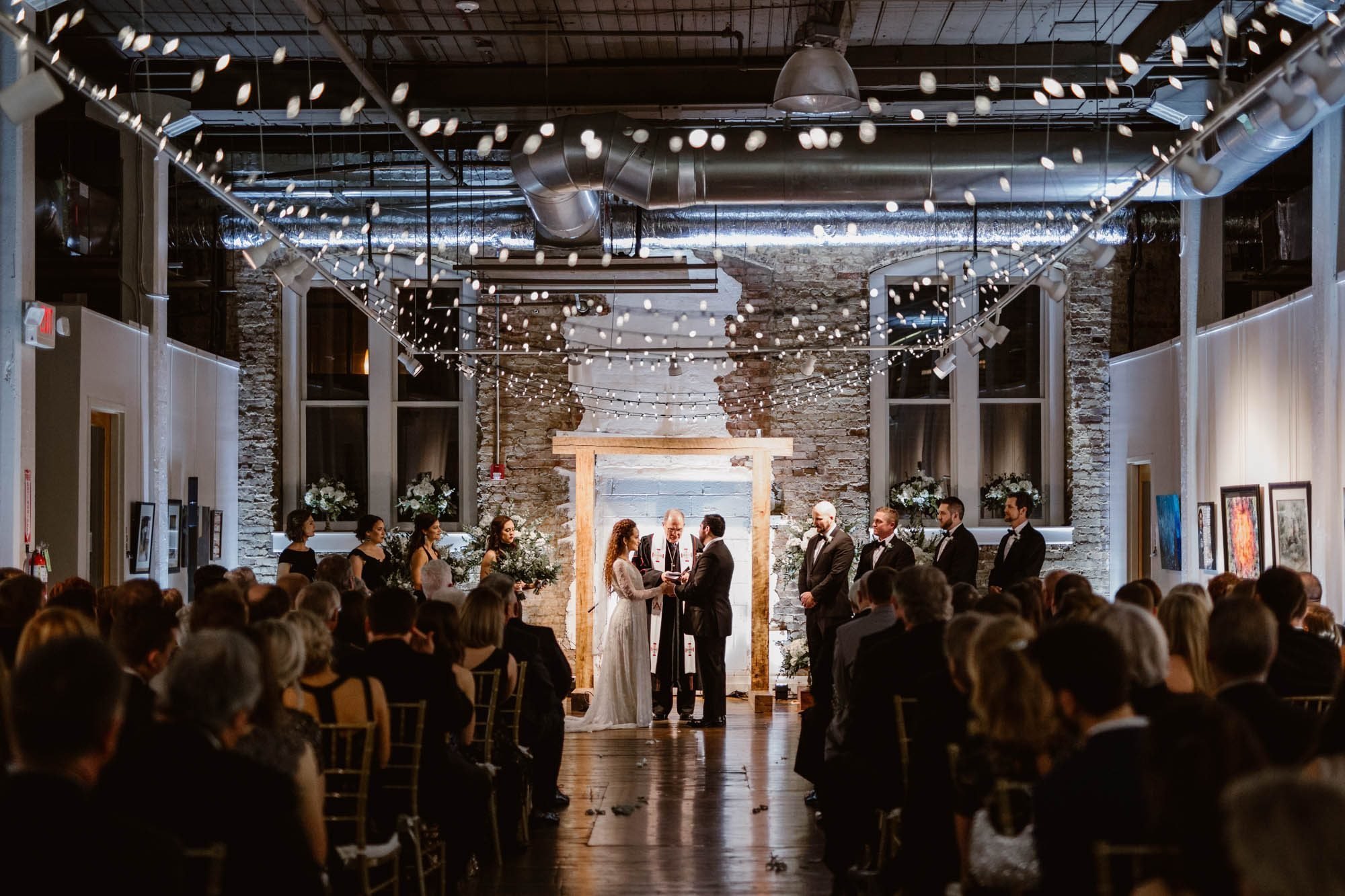
Low Lighting
Low lighting occurs when a ceremony takes place after dusk, or indoors with minimal light sources. Other than turning the lights on, there isn’t much that can be done to improve the situation. If you wanted the lights on though, then the situation wouldn’t exist in the first place and would kill the mood. We love romantic atmospheres, and it’s fully understandable why you might want that kind of feel for your wedding. I said in the beginning that you don’t have to compromise your dream wedding, and this is a perfect example of when catering to a photographer would drastically alter your plans.
In the case of low lighting, there are some things you should be prepared for. Cameras like to have lots of light. Without it, they begin to develop a grainy look. The darker it gets, the more grainy the shots will appear. Also, anyone not in the available light won’t show up very well, if at all. This could result in fewer photos of family members than you would have in brighter lighting.
Professional Knoxville Photographer
I would love the opportunity to photograph your special day and talk with you about any of the concerns you may have about how lighting affects your wedding photos. Please feel free to browse my venues page to find your perfect ceremony location, and contact me at any time! I would love to work with you and your future spouse.
